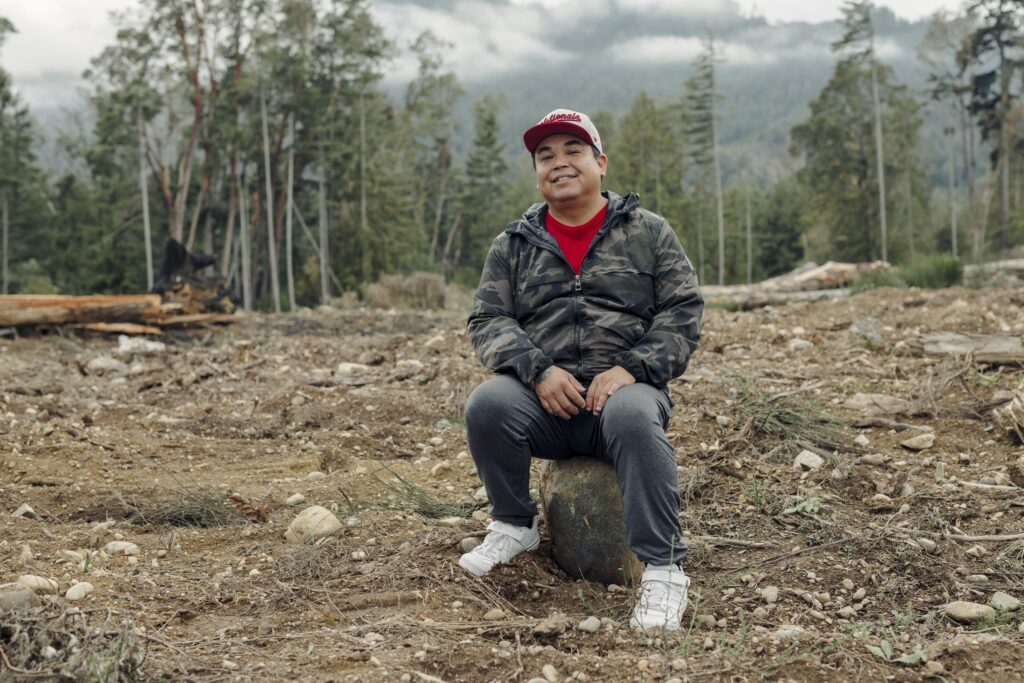Battery storage could help solve the electricity grid’s biggest climate hurdles. For a small Indigenous community on south Vancouver Island, it could also be a move toward self-sufficiency and welcoming people home
Light pushes through the cloudy October afternoon as George Harry walks up to Malahat Nation’s community freezer on southern Vancouver Island. Behind the silver padlock is a cherished supply of sockeye salmon that “you don’t really get that often,” he says of the red-fleshed fish whose populations fluctuate.
The freezer is just one of the nation’s tools for making future use of nature’s plenty.
Another will soon sit steps away in an unremarkable grey shed the size of a small kitchen. If all goes as planned, the shed will soon house the nation’s new battery storage system, built to store electricity from the community’s growing fleet of solar panels for darker days.
The battery system will be made in the community, a 10-minute walk up a footpath.
That’s where the nation plans to build a 9,000-square-metre battery storage assembly plant in partnership with the Vancouver-based technology company Energy Plug. The plant will import ready-made lithium iron phosphate battery cells to be manufactured into storage systems designed for electricity systems in B.C. and beyond.


